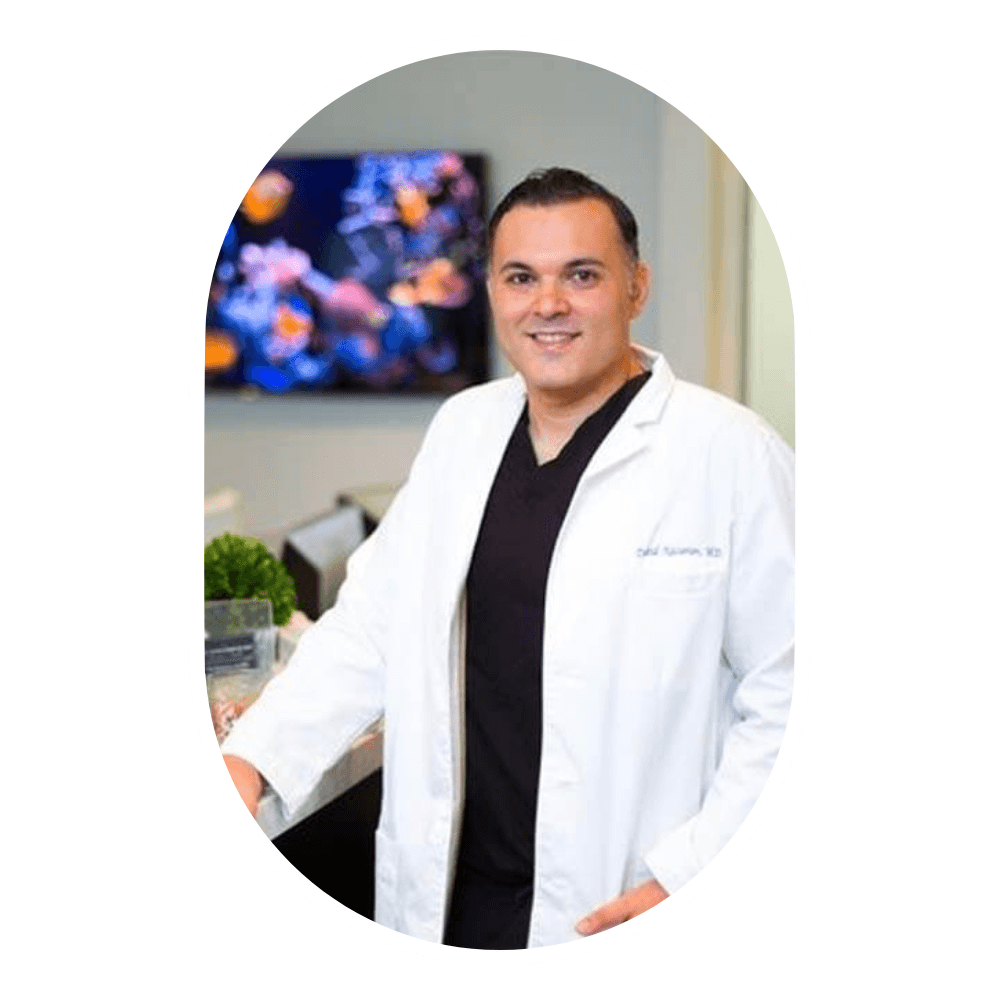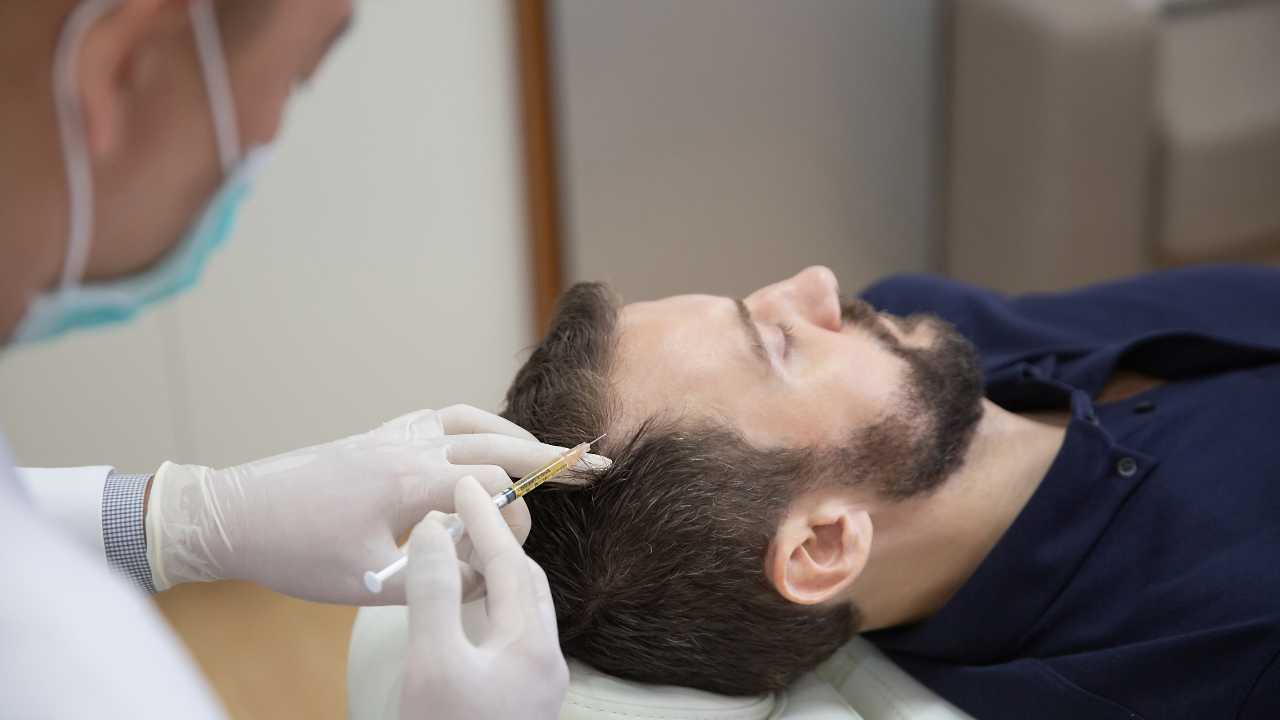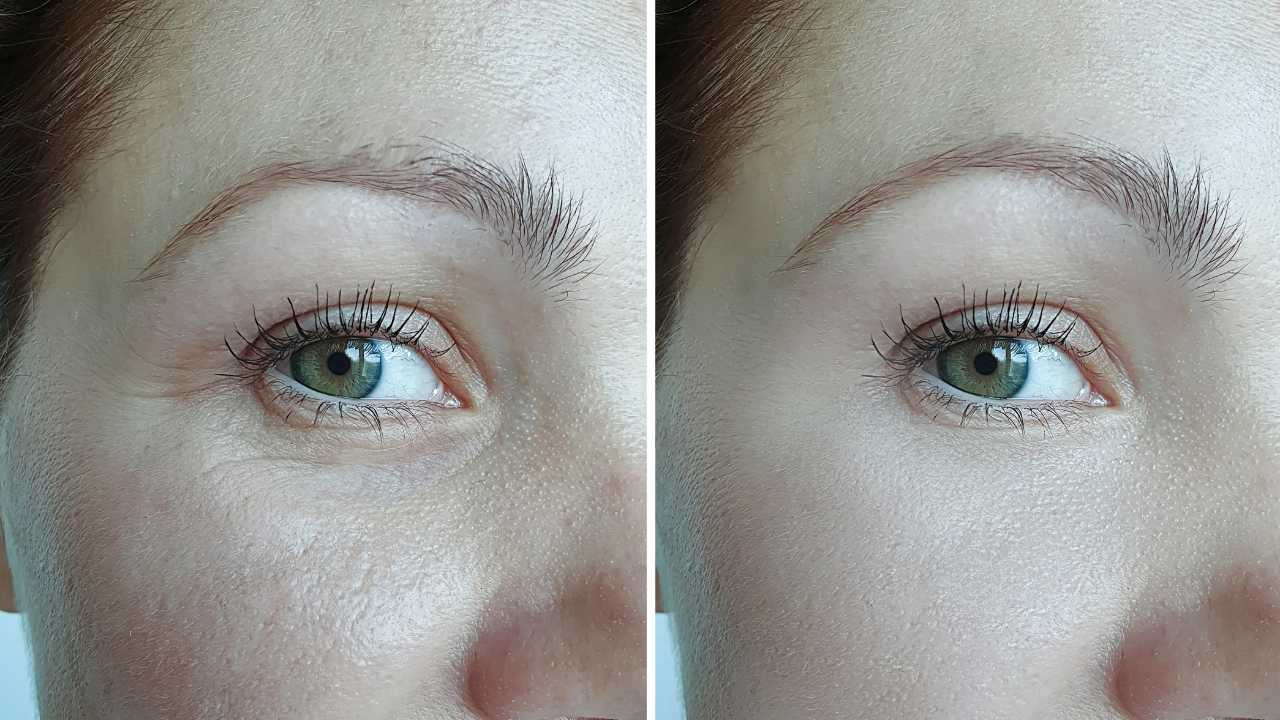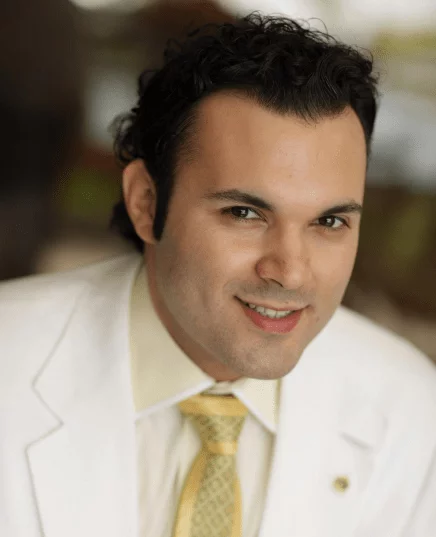You’re not alone if you’ve ever looked in the mirror and felt a pang of worry seeing more scalp than hair. The American Academy of Dermatology reports that over 80 million men and women in the United States experience hair loss. It’s an issue that affects not only one’s appearance but also self-esteem and confidence.
With the advancements in science and technology, the fight against hair loss has taken a hopeful turn. Platelet-Rich Plasma (PRP) and stem cell therapies have emerged as revolutionary treatments, promising impressive results.
This blog post delves into the world of these hair restoration innovations, offering you insights and comparisons to help you navigate your hair regrowth journey.
Whether you’re exploring treatment options or seeking deeper understanding, we’re here to unravel the intricacies of PRP and Stem Cell therapy for hair loss.
Understanding Hair Loss
Hair loss, clinically known as alopecia, is a common issue affecting millions worldwide. It transcends age and gender, impacting men and women alike.
Hair loss is not merely an aesthetic concern—it can significantly affect an individual’s self-esteem and emotional well-being.
Causes of Hair Loss
Hair loss can be attributed to a variety of factors. Genetic predisposition, aging, hormonal changes, stress, nutritional deficiencies, and certain medical conditions or treatments are common causes.
It’s crucial to understand that hair loss is not a one-size-fits-all issue—its cause and pattern can vary considerably from person to person.
Types of Hair Loss
Different types of hair loss include androgenetic alopecia (male or female pattern baldness), alopecia areata (patchy hair loss), telogen effluvium (temporary hair thinning), and cicatricial (scarring) alopecia. The type of hair loss one experiences can influence the best treatment options.
Importance of Choosing the Right Treatment
Given the multifaceted nature of hair loss, seeking professional medical advice when considering treatment options is essential.
A comprehensive understanding of the underlying cause, type of hair loss, and individual health considerations can guide the treatment choice. An effective hair restoration approach must be personalized, considering these factors.
An Overview of PRP Therapy for Hair Loss
Platelet-Rich Plasma (PRP) Therapy is a non-surgical hair restoration treatment that leverages the body’s natural healing capabilities.
PRP, a concentration of platelets derived from a patient’s blood, is rich in growth factors that can stimulate hair growth when injected into the scalp.
How PRP Works for Hair Restoration
PRP Therapy works by promoting cellular regeneration and improving the supply of nutrients to hair follicles.
When injected into the scalp’s targeted areas, PRP stimulates the dormant hair follicles, encouraging them to enter the active growth phase. The result is increased hair thickness and coverage over time.
The PRP Procedure
The PRP therapy procedure begins with drawing a small amount of the patient’s blood. This blood is placed in a centrifuge to separate the platelet-rich plasma from the other components. The concentrated PRP is then injected into the scalp’s areas experiencing hair thinning or loss.
Efficacy of PRP Therapy
Research and patient testimonials suggest that PRP therapy can effectively treat hair loss, particularly androgenetic alopecia.
However, it’s important to note that results can vary based on the individual’s hair loss pattern, overall health, and adherence to treatment protocol. Typically, patients see hair growth and thickness improvement within three to six months of treatment.
An Overview of Stem Cell Therapy for Hair Loss
Stem cell therapy represents the frontier of regenerative medicine. It involves using stem cells, unique in their ability to develop into various types of cells, to treat or prevent diseases and conditions. In hair loss, stem cells regenerate hair follicles, leading to hair regrowth.
Stem Cell Therapy for Hair Restoration
The science behind stem cell therapy for hair loss revolves around hair follicle stem cells. These are located in a part of the hair follicle called the bulge and can generate new hair follicles.
By introducing new stem cells into the scalp, it is believed that damaged or dormant hair follicles can be revitalized, leading to increased hair growth.
The Procedure
Stem cell therapy for hair loss involves several steps. First, a small amount of fat tissue is harvested from the patient’s body, usually from the abdomen or flanks.
This tissue contains a rich source of stem cells. These stem cells are isolated in a laboratory and then injected into the scalp areas showing hair loss.
Efficacy of Stem Cell Therapy
Initial research and clinical studies suggest that stem cell therapy could be a promising option for hair restoration. Some patients have reported an increase in hair density and thickness after treatment.
However, as stem cell therapy is a relatively new treatment, long-term effectiveness, and safety data are still being evaluated.
Comparing PRP and Stem Cell Therapy
Comparing the Processes
Both PRP and Stem Cell Therapy involve using the body’s cells to stimulate hair regrowth, but they do so in different ways. PRP uses platelets from the patient’s blood, which are rich in growth factors, to invigorate hair follicles.
On the other hand, Stem Cell Therapy utilizes the regenerative capacity of stem cells to generate new hair follicles.
Cost Comparison
The cost of both treatments can vary based on location, the expertise of the clinician, and the number of sessions required.
Generally, Stem Cell Therapy tends to be more expensive than PRP due to the complexity of the procedure and the requirement for specialized laboratory equipment.
Results and Recovery Time
PRP and Stem Cell Therapy usually require multiple sessions for optimal results, and neither offers an instant cure for hair loss.
The recovery time for both treatments is minimal, but patients may experience some scalp tenderness and swelling post-procedure.
Suitability for Patients
Both therapies can suit individuals experiencing hair thinning or loss, particularly from androgenetic alopecia.
However, the choice between PRP and Stem Cell Therapy should depend on the individual’s hair loss pattern, overall health status, budget, and preference.
The Bottom Line
While both PRP and Stem Cell Therapy have shown promise in treating hair loss, it’s important to remember that results can vary from person to person.
Additionally, as these treatments are relatively new, more research is needed to determine their long-term effectiveness and safety. Always consult with a healthcare provider before deciding on a treatment plan. Choosing a treatment that aligns with your needs and circumstances is essential.
Pros and Cons of PRP Therapy
Benefits of PRP Therapy for Hair Loss
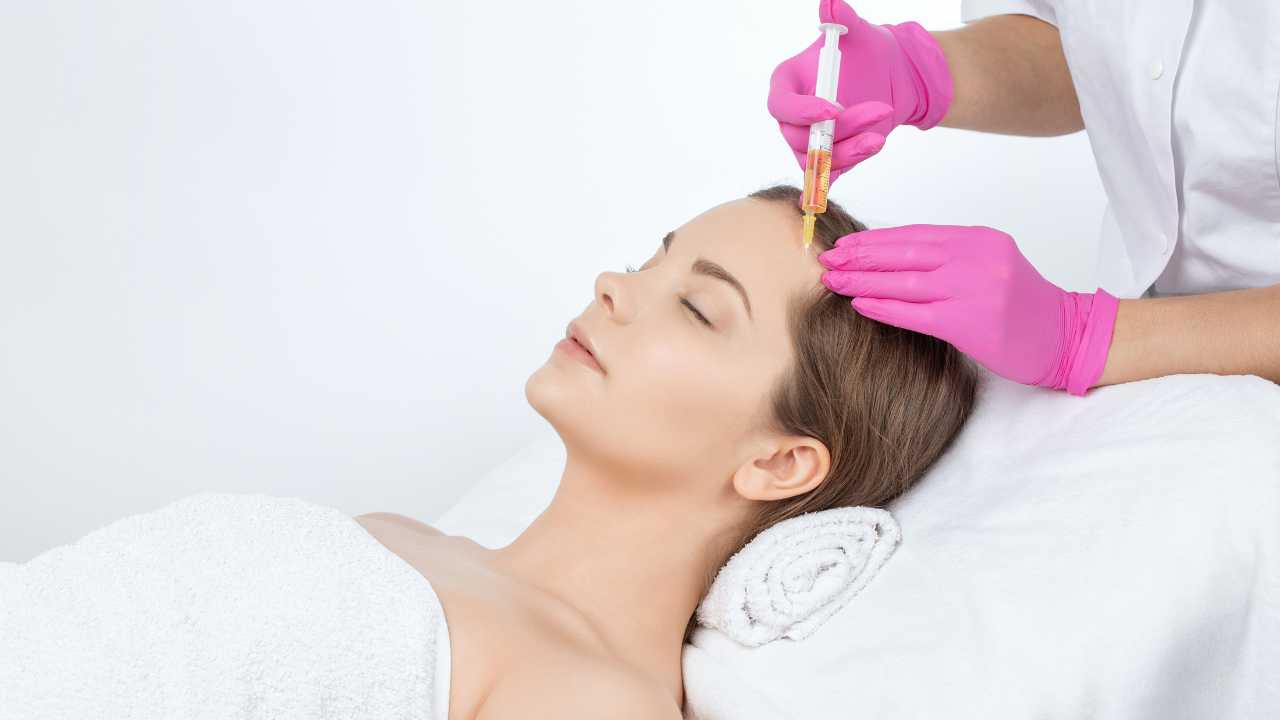
- Natural Approach: One of the main advantages of PRP therapy is that it utilizes your body’s platelets, making it a natural approach to hair restoration.
- Minimally Invasive: The procedure is minimally invasive, requiring only a series of injections into the scalp. This means there is no downtime, and patients can resume their normal activities immediately.
- Promising Results: Many patients experience increased hair thickness and coverage with PRP therapy, particularly those with androgenetic alopecia.
Potential Side Effects and Risks of PRP Therapy
Despite the benefits, PRP therapy does have potential downsides.
- Temporary Results: PRP is not a permanent solution to hair loss. Regular treatment sessions are necessary to maintain the results over time.
- Varied Response: Not everyone responds to PRP therapy in the same way. Some may see a significant improvement, while others may notice minimal changes.
- Cost: PRP therapy can be costly, especially considering the need for regular sessions. It’s important to weigh the potential benefits against the cost before treating them.
- Minor Side Effects: Some patients may experience minor side effects after treatment, such as scalp tenderness, swelling, or minor bleeding at the injection sites.
Conclusion
PRP and Stem Cell Therapy represent significant advancements in the dynamic landscape of hair restoration. Each offers a unique approach to combating hair loss, leveraging the body’s innate healing and regenerative abilities.
While they show promise, it’s essential to remember that individual responses can vary. No treatment offers a one-size-fits-all solution. Consultation with a knowledgeable healthcare provider is crucial in making an informed decision.
Understanding the procedures, potential benefits, risks, and costs will enable you to choose the treatment best suited to your circumstances and hair restoration goals. Keep exploring, stay informed, and take confident strides on your hair restoration journey.


